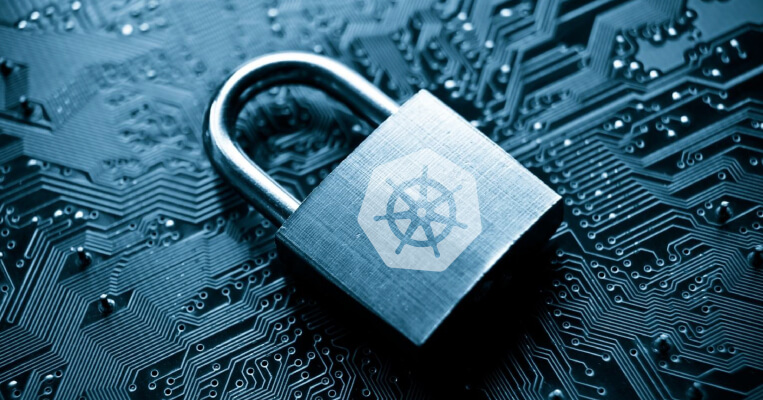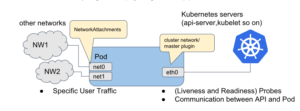Containers are one of today’s hottest digital application development trends. As a result, they are closely monitored by the technology sector. For those new to the trend, containerization enables an application to be developed as a collection of isolated entities with its own resources, packaged into a containerized bundle that can run on its own. These containers can fold in all the needed dependencies and does not need to be linked to other business processes.
Some estimate that by 2025, the container technology market is expected to be worth close to USD 3 billion globally. The pace at which container technology is being included in the technology stacks of software-focused enterprises (isn’t that all of them?) is growing fast. And the pace seems to be accelerating. By 2022, it is expected that nearly 75% of all organizations will have some share of their applications running in a containerized environment.
In a natural evolution, orchestrating applications and workflows through a collection of containerized application components will also see increased traction in the coming years. In fact, Gartner expects that the revenue for container management software will reach nearly USD 944 million globally by 2024.
Container management and orchestration platforms are crucial to enable successful containerized deployments of enterprise applications at any scale. Among the several tools and platforms available, one of the most widely used orchestration platforms for container technology today is Kubernetes. The open-source container management platform, widely referred to as K8s, is being adopted by organizations that are rapidly moving into the containerized application development space.
While the merits of Kubernetes in contexts like data storage have often been discussed, one of the major apprehensions that enterprise technology leaders have about Kubernetes is Data Protection and security.
In a world where we witness rising levels of cybercrimes and data privacy risks, enterprises are spending a good portion of their IT budgets on securing the data within their systems. Regulations like GDPR impose tough sanctions and penalties on any misses, and businesses simply cannot ignore the security and data protection aspects when choosing any new technology for their needs. Container technology is no different in this regard.
There is a need for companies to have a more secure container management ecosystem that allows them to innovate with their applications while ensuring the highest grade of protection for the data that is being handled within them.
Let us explore data protection in the Kubernetes dimension to understand how businesses can assure data protection while implementing Kubernetes for their container orchestration.
Setup Smarter and Recover FasterData protection deals not only with external threats, it must also address risks such as the failure of infrastructure. Such failures can cause data loss or corruption, especially if it is being processed or stored. When opting for Kubernetes, it is important to ensure that the application’s data ecosystem has a recovery strategy that is regularly monitored and without gaps. Different components within a larger application may be containerized and working in siloes. Enterprises need to consolidate the persistent state of the application comprising all the siloed data fragments. They must save a snapshot of the application along with the code and processes to ensure that they remain connected in the backup and offer consistent performance in the event of a recovery operation.
Leverage Autonomous Policy Enforcement
By implementing a centralized policy-based protection strategy, it is easier for development teams to ensure the protection of data in Kubernetes deployments. From usage access control, to auditing for compliance, to regulatory norms, there should be autonomous policy enforcement for all deployment activities to ensure that data integrity is maintained, and critical data credentials are safeguarded from unauthorized access.
Activate Self-Service Backup
Backup is a prelude to the recovery functionality we discussed earlier in the blog. Combining it with the autonomous policy enforcement also mentioned above, the Kubernetes ecosystem within an enterprise can be made more self-reliant in terms of backup as well. Using self-service backup policies along with holistic logs and archive management, it is possible to set up an end-to-end automated backup and recovery mechanism that guards an enterprise application deployed on Kubernetes from failure and prevents disruption to the business services relying on the application.
Use Streamlined Reporting
Dashboards having up-to-date records of recent application parameters, live notifications, and alerts, and other self-service reporting capabilities add more credibility to your Kubernetes deployment about data protection. With role-based reporting and sign-in monitoring, it is possible to get a snapshot of who does what with the system and this makes it easier to perform advanced recovery in the event of autonomous recovery options not meeting their expectations.
Kubernetes opens up a lot of possibilities in application development. It is however important to couple this mobility of applications with better control over data protection strategies to ensure a secure future for the applications running in Kubernetes. Get in touch with us to explore more about building secure applications using Kubernetes to enjoy the benefits of modular scalability and secure application performance.




